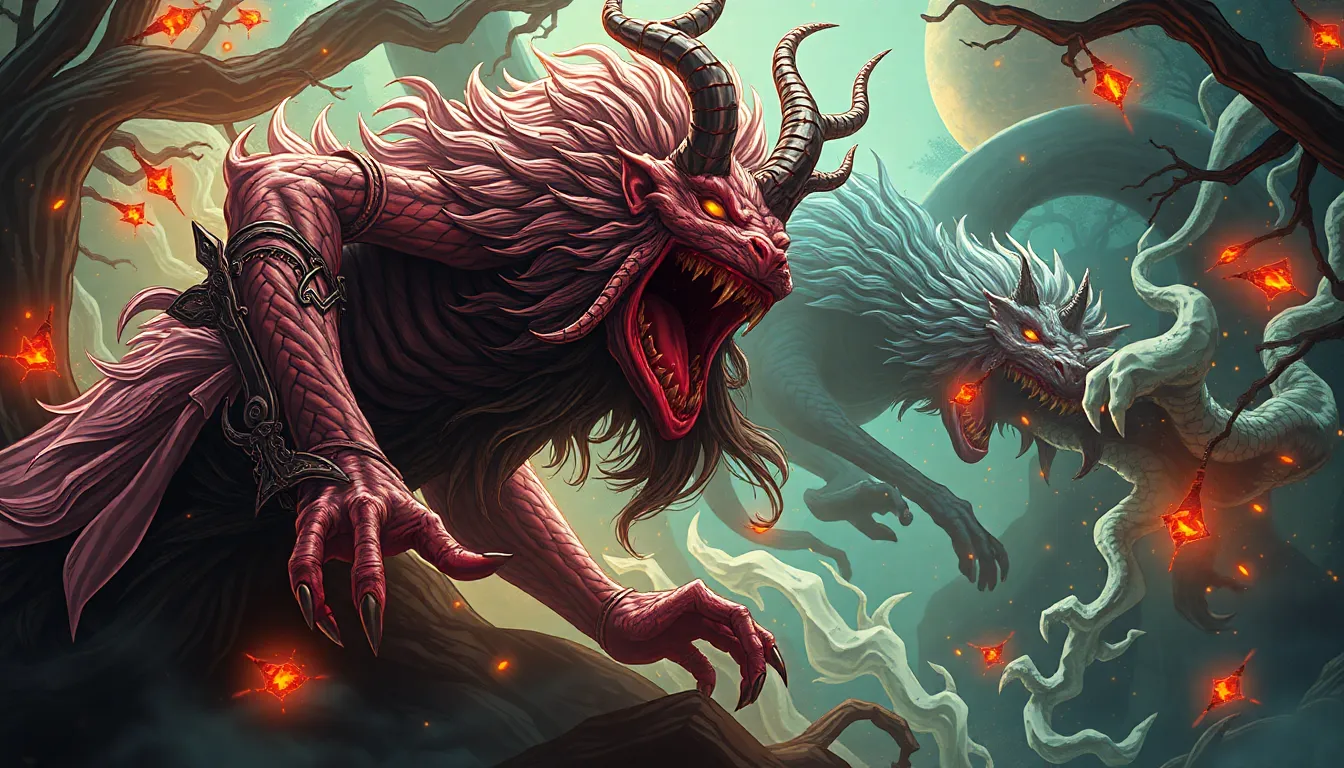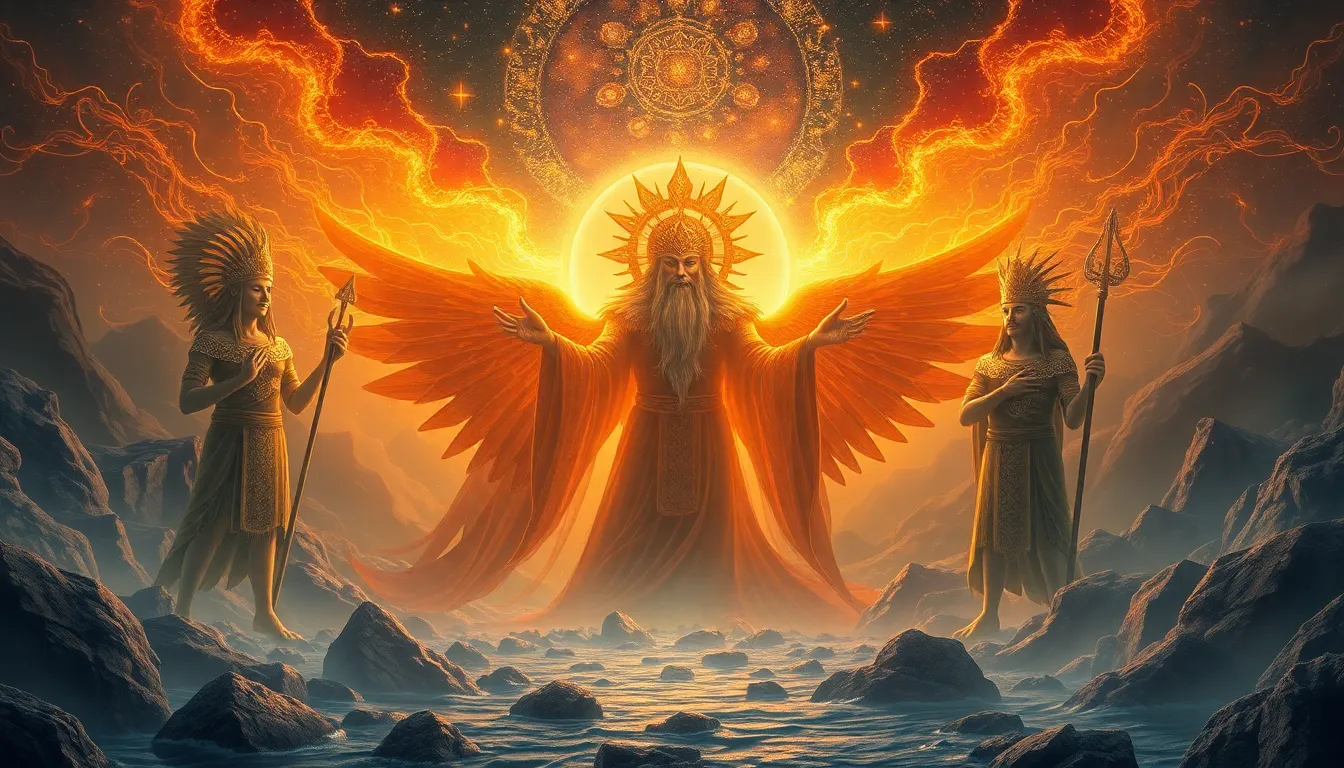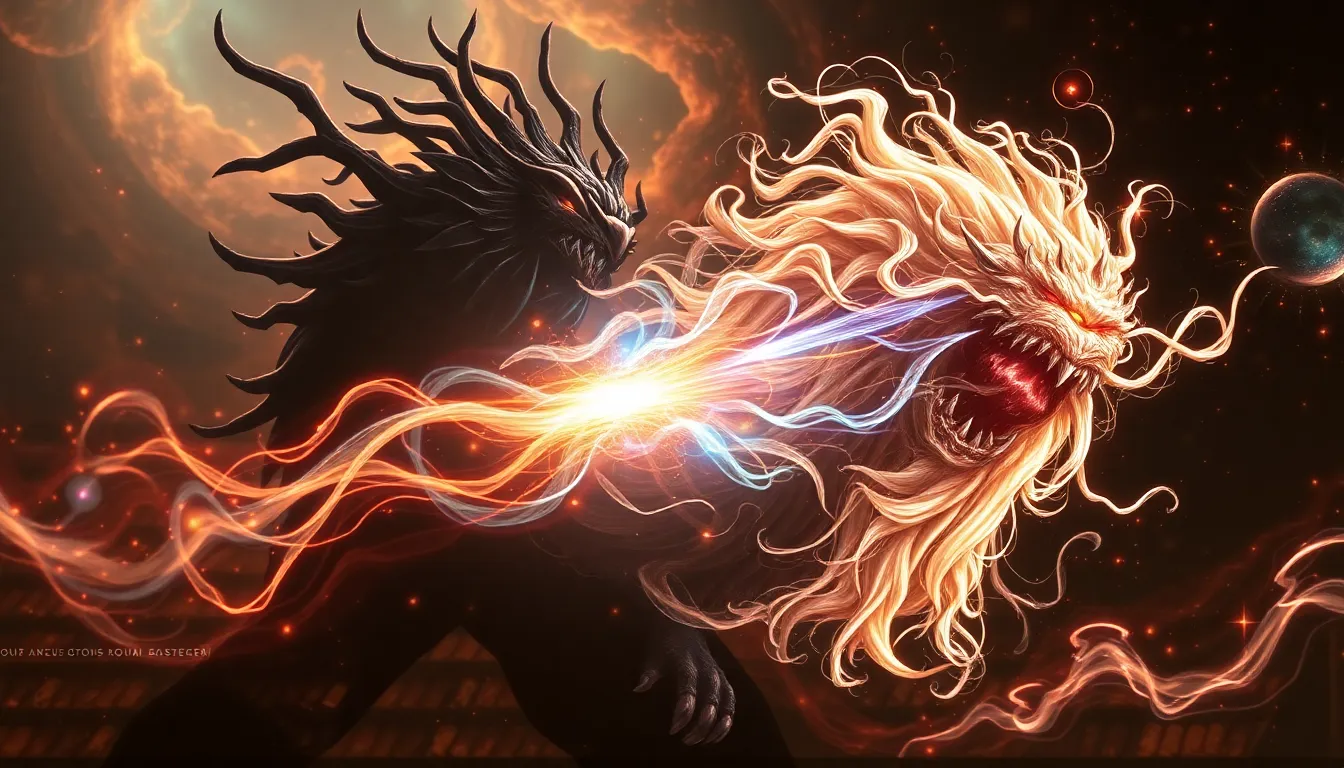The Playful Nature of Trickster Myths: A Celebration
1. Introduction to Trickster Myths
Trickster myths are compelling narratives featuring enigmatic characters that embody a paradoxical nature. These figures, known as tricksters, are characterized by their cleverness, mischief, and often unpredictable behaviors. They challenge norms and defy conventions, serving as catalysts for change and transformation within their stories.
Historically, trickster myths have played a significant role in various cultures, often reflecting societal values, fears, and aspirations. They exist in a multitude of forms, from ancient folklore to contemporary literature, illustrating the enduring appeal of these complex characters.
2. The Role of Humor and Playfulness
Humor is a fundamental component of trickster tales. The playful antics of tricksters often elicit laughter, allowing audiences to engage with serious themes in a lighthearted manner. This laughter serves several purposes:
- Diffusing Tension: Tricksters use humor to alleviate conflict and create a sense of ease, making challenging topics more approachable.
- Challenging Authority: The laughter generated by trickster stories often undermines established power structures, inviting audiences to question authority and societal norms.
3. Trickster Archetypes Across Cultures
Across the globe, various cultures feature prominent trickster figures who embody unique characteristics and cultural significance. Some notable tricksters include:
- Loki: In Norse mythology, Loki is a shape-shifting god known for his cunning nature and ability to create chaos among gods and humans alike.
- Anansi: Originating from West African folklore, Anansi is a spider who uses his intelligence to outwit opponents and teach moral lessons.
- Coyote: In Native American traditions, Coyote is often portrayed as a creator and a trickster who embodies both wisdom and folly.
A comparative analysis of these figures reveals thematic similarities and differences in how cultures interpret the trickster archetype. While they may differ in their stories and traits, the underlying essence of challenging norms remains consistent.
4. Trickster Myths as Social Commentary
Trickster tales often serve as a mirror reflecting societal norms and values. By examining the behaviors and outcomes of trickster actions, audiences gain insight into their own cultural contexts. Tricksters frequently challenge social order and hierarchies, prompting reflections on justice, morality, and human behavior.
Through their antics, tricksters reveal the absurdities of societal expectations, highlighting the need for flexibility and adaptability in human interactions. This role of social commentary is intrinsic to the power of trickster myths, inviting audiences to engage critically with their realities.
5. The Dual Nature of Tricksters: Creators and Destroyers
Tricksters embody a duality that makes them both creators and destroyers. They are agents of change, capable of bringing forth new ideas and perspectives while also causing chaos and disruption. This ambivalence is evident in various myths:
- Creation: In some stories, tricksters like Coyote are responsible for creating the world or bringing essential elements into existence.
- Chaos: Conversely, figures like Loki often instigate conflicts among gods, leading to significant upheaval.
This dual nature highlights the complexity of trickster figures, reminding us that creation and destruction are intertwined processes essential for growth and evolution.
6. Gender and Trickster Figures
The portrayal of trickster characters often varies based on gender. Male tricksters, such as Loki and Coyote, tend to dominate the narrative landscape, displaying cunning and audacity. In contrast, female tricksters, like the African goddess Esu and the Japanese kitsune, often navigate different societal expectations and roles.
The examination of gender in trickster narratives reveals how cultural contexts influence the characterization of these figures. Female tricksters often challenge patriarchal norms, using their intelligence and wit to subvert expectations in ways that resonate with contemporary discussions on gender equality.
7. The Evolution of Trickster Myths in Modern Storytelling
In contemporary storytelling, trickster archetypes have evolved and adapted to new mediums. Literature, film, and television frequently reinterpret these figures, infusing them with modern relevance. Notable examples include:
- Film: Movies like “The Joker” showcase trickster elements in complex characters that challenge societal norms.
- Television: Series such as “Loki” from Marvel have brought the trickster archetype to mainstream audiences, exploring themes of identity and morality.
This evolution underscores the lasting impact of trickster figures, as they continue to resonate with audiences and inspire new narratives.
8. The Psychological Significance of Trickster Myths
From a psychological perspective, trickster myths hold significant meaning in understanding human behavior. Carl Jung identified tricksters as archetypes representing the shadow self—elements of the psyche that challenge the conscious ego. Tricksters embody our desires to rebel, create, and navigate the complexities of existence.
Moreover, trickster figures serve as catalysts for personal and collective transformation, encouraging individuals to embrace their inner contradictions and explore the margins of societal norms.
9. Celebrating Trickster Myths: Festivals and Rituals
Many cultures celebrate trickster figures through festivals and rituals, keeping these narratives alive and relevant. Cultural celebrations featuring trickster characters often include:
- Storytelling: Oral traditions allow communities to pass down trickster tales, engaging new generations.
- Theatrical Performances: Festivals often feature performances that dramatize the antics of tricksters, fostering communal joy and introspection.
The significance of these celebrations lies in their ability to preserve the wisdom of trickster myths and promote a sense of community through shared narratives.
10. Conclusion: Embracing the Playful Spirit of Trickster Myths
Trickster myths continue to captivate us with their rich narratives and playful spirit. They invite reflection on human nature, societal norms, and the complexities of existence. As we navigate our lives, embracing a playful approach inspired by trickster wisdom can lead to greater resilience and adaptability.
In a world often burdened by seriousness, the timeless relevance of trickster tales reminds us to find joy in the unexpected and celebrate the playful nature of life.



